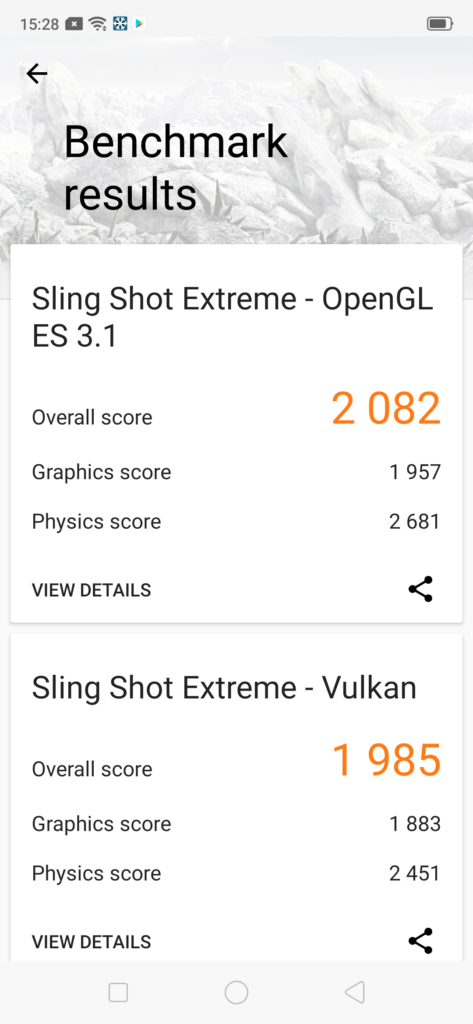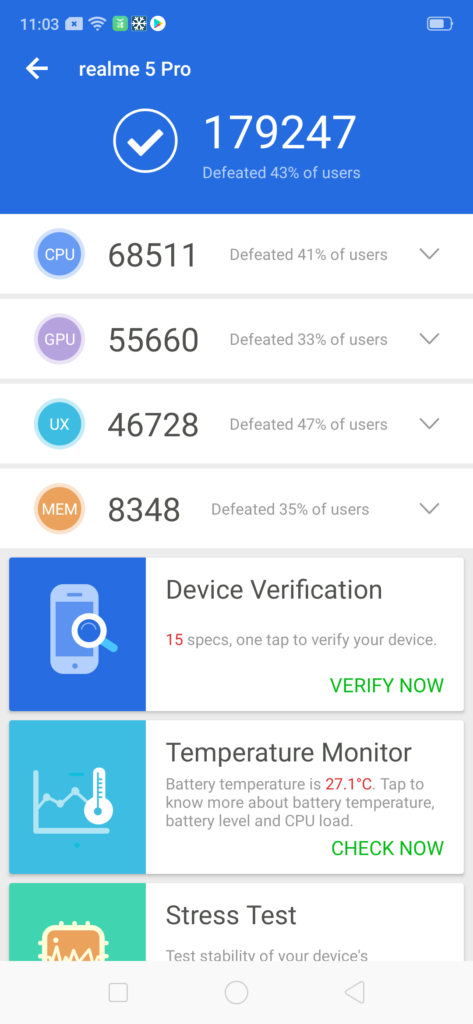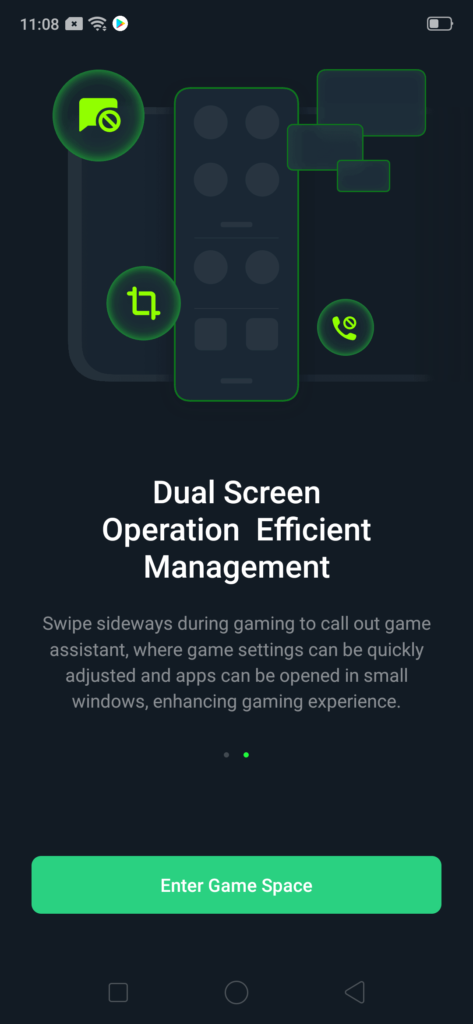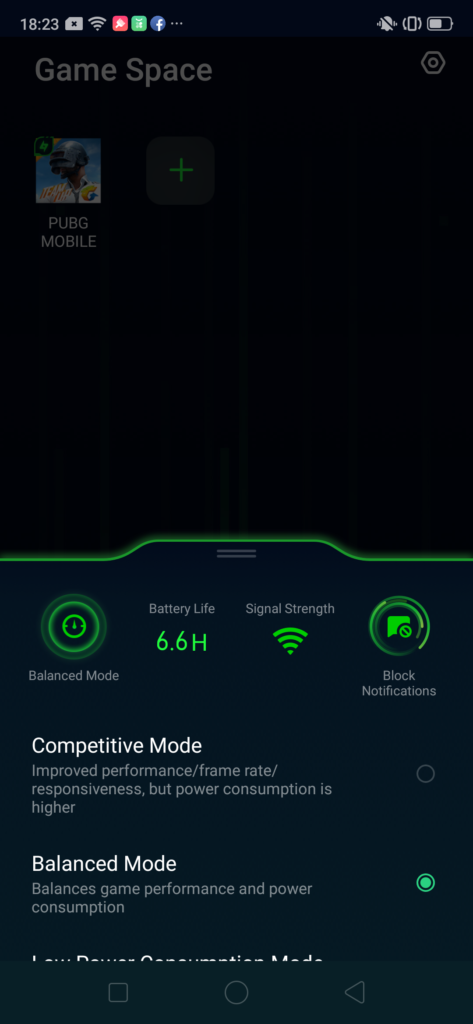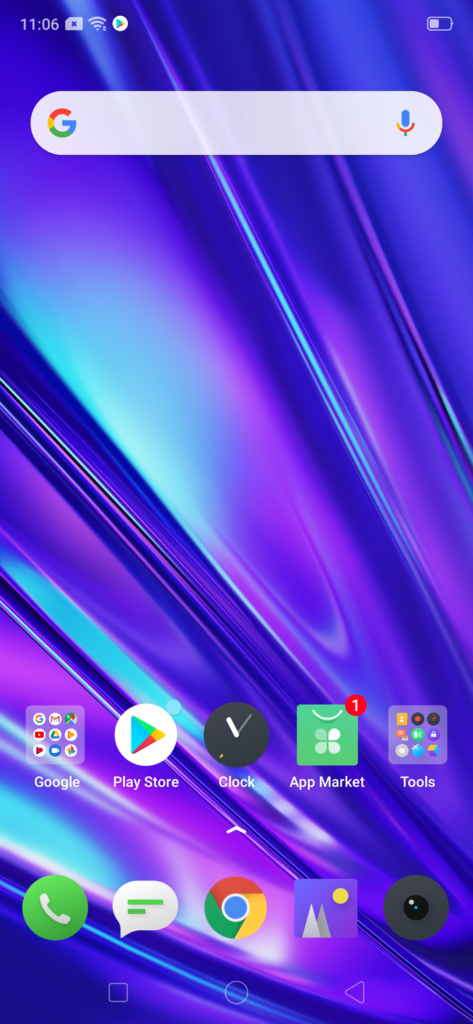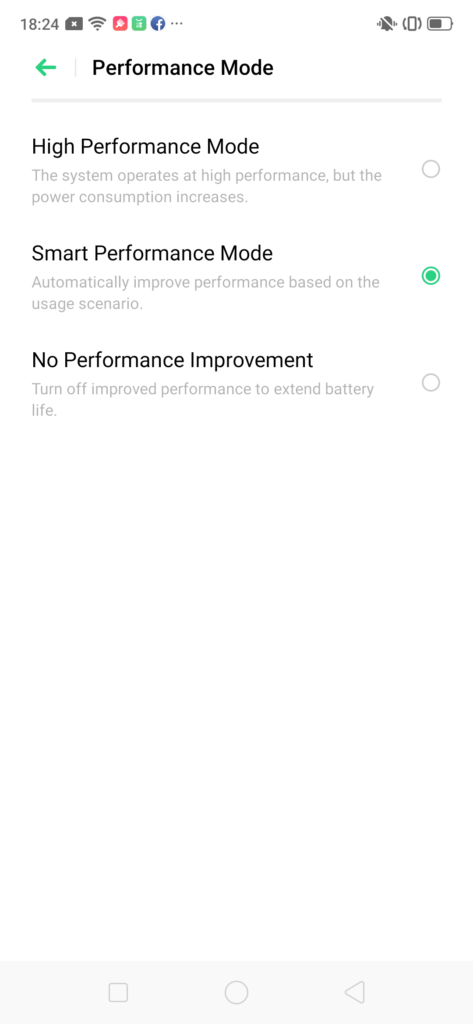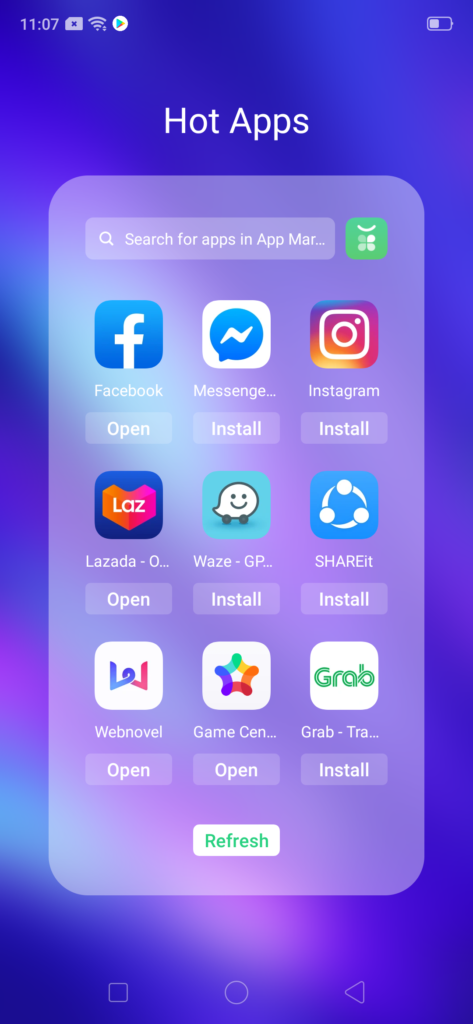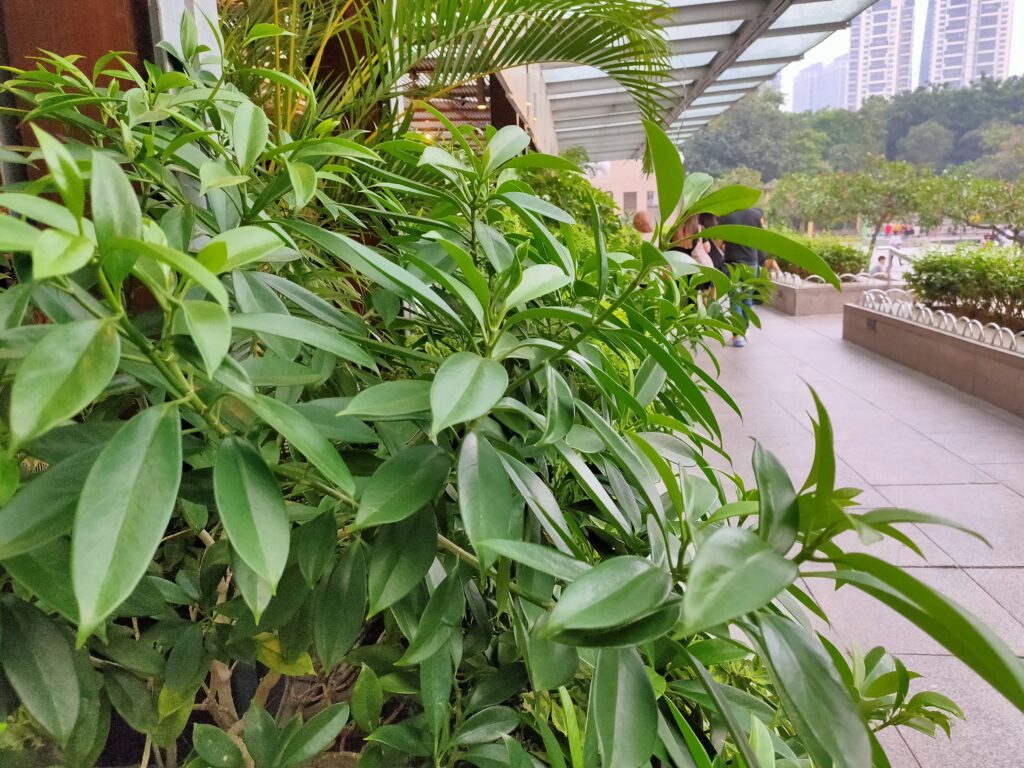
Realme 5 Pro review – The affordable quad camera powerhouse
The realme 5 Pro was previously launched with great success in India a few months back and it’s only recently that it has made its way to Malaysia. Effectively the most powerful phone in realme’s current local line-up, the realme 5 Pro has quite a bit going for it as they cram in a large battery with VOOC fast charging tech, a beefy quad camera array and a large display to boot.
Previously, we unboxed the realme 5 Pro and did a quick once-over of its build, design and what came bundled in the box. You can check out our prior feature in detail here. This time around, we’re going to put it through its paces.
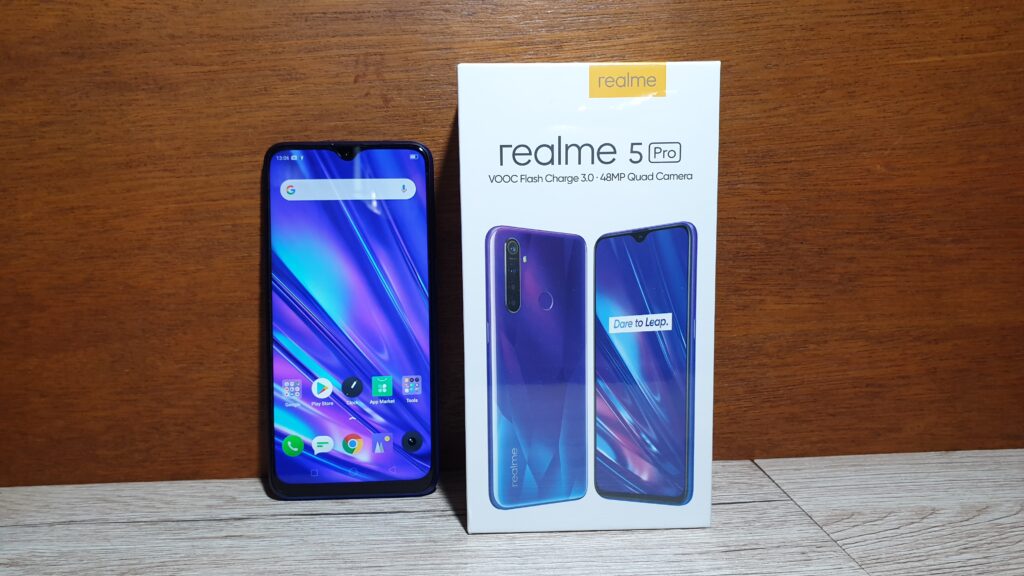
In terms of hardware, the realme 5 Pro crams into a 8.9mm thin polycarbonate chassis a 6.3-inch dewdrop notched LCD display with 2,340 x 1080 pixel resolution up front. The phone runs Android Pie 9.0 overlaid with realme’s ColorOS 6.0 user interface on a Snapdragon 712 2.3GHz processor and an Adreno 616 GPU paired with 8GB RAM and 128GB of onboard storage augmentable via a triple SIM card slot. That means you can put in two nano SIM cards and up to a 256GB microSD card, all at the same time; it’s a feature that few flagship phones possess.
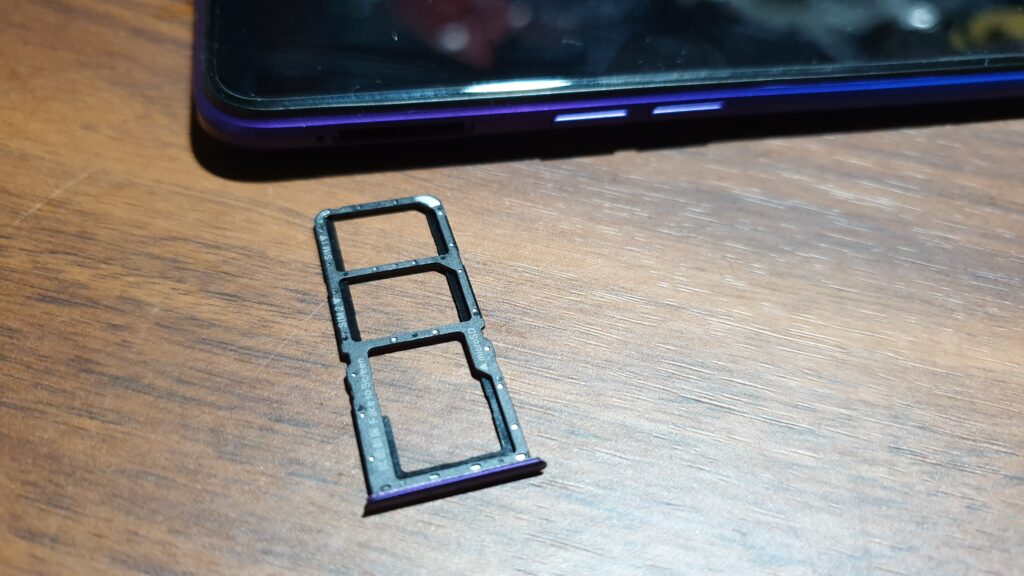
To give a bit of perspective, the Qualcomm Snapdragon 712 processor is a slightly faster clocked successor to the prior Snapdragon 710 processor which saw service in the older Realme 3 Pro. The Snapdragon 712 is intended as an upper-midrange workhorse ahead of the midrange 600-series Snapdragon processors in terms of performance and just shy of the flagship high-powered 800 series Snapdragon processors seen in high end phones. Built on a 10nm process much like its predecessor, the Snapdragon 712 is slightly faster than the Snapdragon 710 and uses the Adreno 616 GPU versus the 710’s older Adreno 512 GPU.
In terms of synthetic benchmarks, the realme 5 Pro scored a decent 8,482 points in PCMark and a respectable 179,247 points in Antutu 3D. In 3DMark, it got a decent score of 2,082 points in the Sling Shot Extreme – OpenGL ES 3.1 test and 1,985 points in the Sling Shot Extreme – Vulkan test. In Geekbench 5, it got a single core score of 1,119 points and a multi-core score of 5,030 points. On paper, these scores are a slight improvement over the Realme 3 Pro’s High Performance though you need to kick in the Realme 5 Pro’s performance mode to see it performing at its full potential albeit at the cost of a tradeoff in battery life.
Under actual field conditions, the phone was snappy and swift on the draw. Apps opened up in a gratifyingly swift fashion in a manner akin to its predecessor and it was able to tackle the likes of PUBG on High settings too with consistently smooth frame rates without cooking over. The aforementioned High Performance mode maxes out settings on the phone at the cost of more battery drain but we didn’t get any noticeably higher performance in day to day use.
The phone also has a Game Space mode that helps to squelch notifications from interrupting your in-game kill streak as well as a Competitive mode that also helps to optimise settings for maximum in-game performance though PUBG was already sufficiently smooth without tinkering with any settings.
Getting about the realme 5 Pro is primarily via realme’s ColorOS user interface. You can customise the colours and themes via a selection of free downloadable alternatives and most of the settings are fairly straightforward, though some features, like their High Performance mode are nested so deep in the menus that most casual users will likely not be able to find it. That’s not the major hurdle though with ColorOS as it’s chock full of bloatware.
A stock install of ColorOS the moment you boot up the realme 5 Pro comes with both the Opera browser and Chrome which overlap each other in terms of functionality, the Lazada app preinstalled on the phone and a rather bizarre WebNovel app that acts as a marketplace for graphic novels and fan fiction though the literature on offer is rather haphazard in terms of quality.
Another case of overlap is that ColorOS also sports their own App Market that seems to mirror the Google Play store which has many of the same apps and also bungs in two separate shortcuts which are labeled in a straightforward, if rather amusing fashion as Hot Apps and Hot Games.
Some of these apps correspond to what you’d find on the Play store like Grab, Clash Royale and the like. Other apps on the App Market seem to be curated in a bizarre fashion with titles and apps we’ve not encountered before. The App Market from realme is worth looking through as a curiosity but at the moment seems to lack the breadth and depth of what the Google Play store offers.
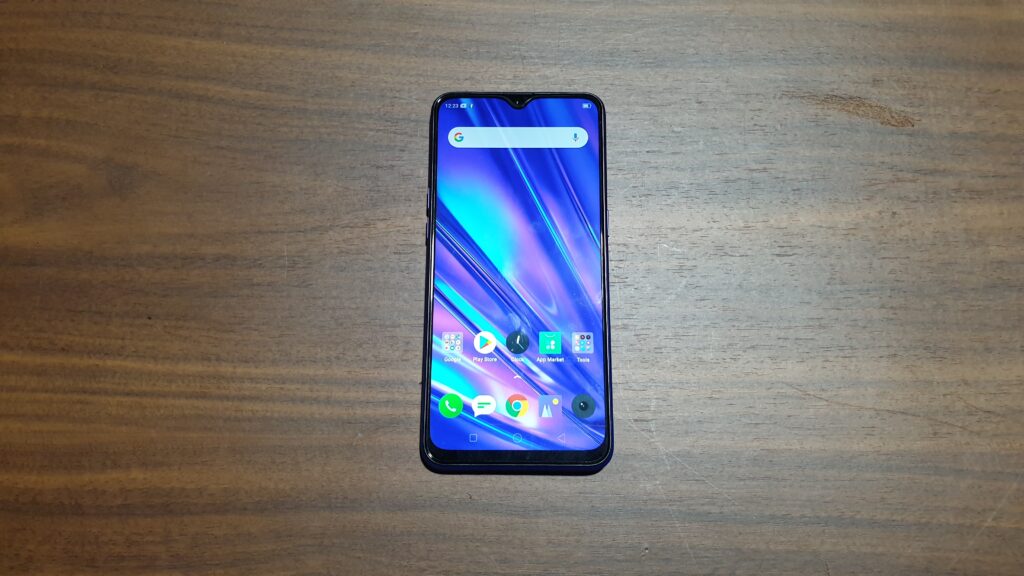
Oddly enough, these apps still rely on the Google Play store in some fashion. When we dabbled around with Clash Royale which requires a Google Play account, it still needed to call Google’s Play servers to summon our profile. It will likely see some use as a redundancy measure in case the Play store is down or in regions that aren’t directly serviced by Google but at this point in time here in Malaysia, it’s a bit of a white elephant.
The realme 5 Pro’s FHD+ display has a similar size to its predecessor the realme 3 Pro and delivers much the same level of quality with decent colour rendition and sharpness for what you pay for and fair brightness under sunlight. Much like its predecessor, there isn’t much you can do to tweak colours to your liking in the settings bar a slider that lets you have a warmer or cooler colour gamut. ColorOS also lacks the ability to universally tweak all apps to omit the tiny dewdrop notch; you’ll have to laboriously go through the settings to selectively enable which apps you want to do so which is a bit of a chore.

Like its predecessor, the realme 5 Pro also continues the tradition of retaining a sole mono speaker at the base of the phone. It doesn’t break new ground and performs in a similar fashion as its predecessor with good volume and clarity, though it also falls short in the same fashion as it’s easily blocked when used landscape-style and sound staging is understandably poor. To be fair though, no phones in its price range have stereo speakers either so it’s not a major deal breaker.
As far as performance is concerned, it’s not a radical revamp over its predecessor and is more as a modest upgrade with the additional 2GB RAM and refreshed processor helping to keep it current. That’s not a bad thing though as the realme 5 Pro still punches above its price category much like its predecessor and among the current crop of phones, it still retains an excellent price-to-performance ratio that is hard to match indeed.
realme 5 Pro camera
The major upgrade and key draw to the realme 5 Pro is that it’s one of the first phones from the marque to have a quad camera array. While the processor under the hood isn’t exactly leaps and bounds ahead of its predecessor, the realme 5 Pro jumps way ahead of the tech curve as it hops from a dual camera straight to the current in-vogue quad camera setup.
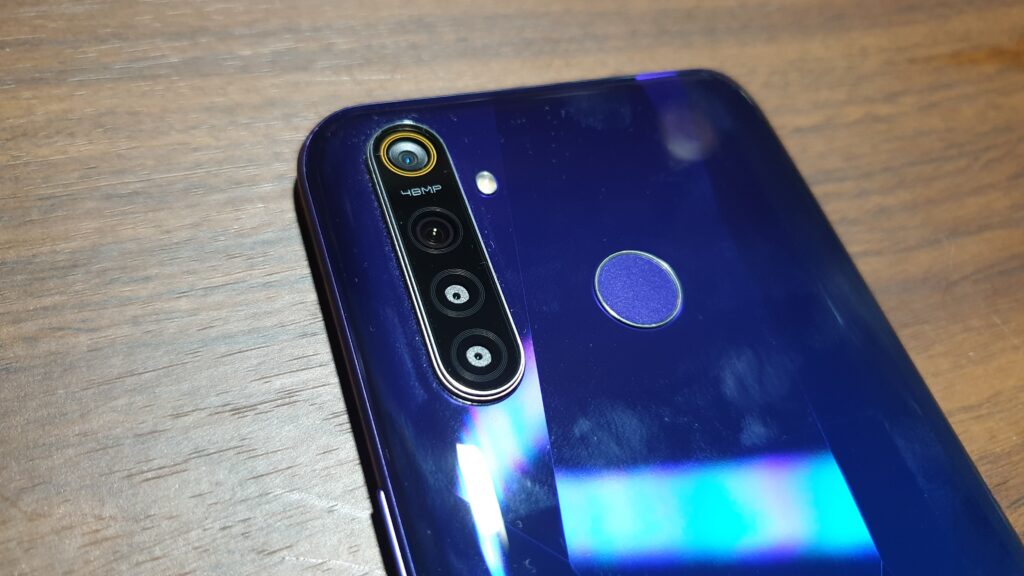
In a vertically aligned module, you get a primary 48-MP F/1.8 camera with autofocus and PDAF using a Sony IMX586 sensor, a secondary 8-MP autofocus camera with a 119-degree ultra-wide angle lens, a 2-MP fixed focus macro lens intended for point-blank 4cm distances and what is labelled as a 2-MP ‘portrait’ lens which in actual fact is more of a depth sensor for the primary camera array.
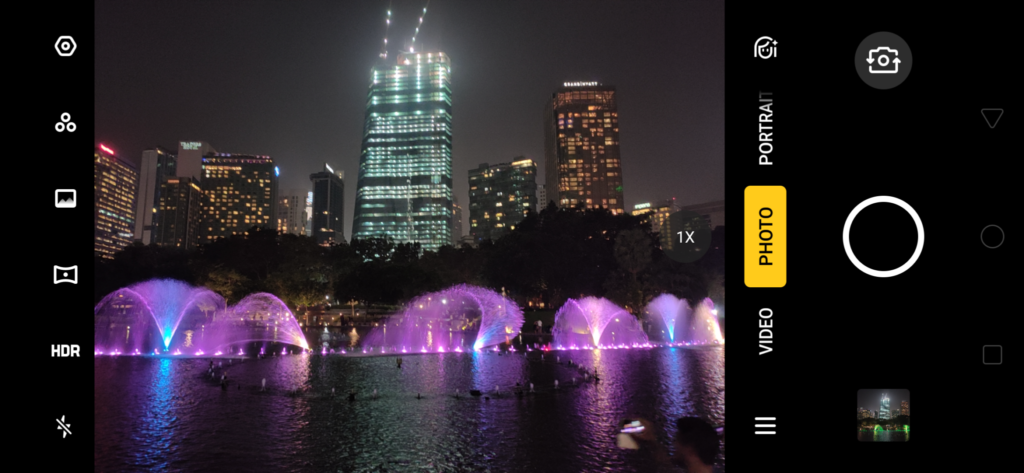
The brand has also added their own embellishments to the camera in the settings. There’s also a Chroma Boost mode to enhance colour saturation and dynamic range in shots, a HDR mode and a 2x and 5x digital zoom mode. One thing to note is that there’s no optical image stabilisation for any of the cameras though the phone does take advantage of the AI scene recognition to optimise settings depending on what you’re shooting at with some degree of accuracy.
While the hardware has been upgraded, the camera user interface hasn’t quite caught up and accessing the different cameras is an unintuitive affair that will prove a challenge when you are in a hurry. The ultra wide angle lens camera is set next to where the HDR and Chroma boost toggles are while the macro mode is nestled in another menu. It’s rather confusing but nothing a bit of practice won’t sort out over time.
- The realme 5 Pro rear camera with Chroma Boost
- The realme 5 Pro rear camera without Chroma Boost
By and large, you’ll be doing most of the shooting with the primary 48-MP camera which proved to be very capable with sufficient light. Under daylight and brightly lit conditions it served up 12-MP sized snaps with good details and decent colour reproduction and continued to do so under low light with some modest trade-offs in detail and some noticeable noise. The digital zoom is pretty good with the camera cropping the image closer to simulate zoom on account of the large 48-MP sensor and at 2X it remains on par with pricier phones though there’s noticeable noise beyond that at 5x.

By and large, we kept Chroma Boost off and the HDR mode set on auto. If you prefer more vibrant hues in your shots you can keep Chroma Boost on ; we found greens and reds get noticeably more saturated but fortunately not to the point of being overly garish but it’s a matter of personal taste. The Nightscape mode takes a longer exposure shot, requiring you to stay in place for 2-3 seconds but what you get is a better looking image with slightly more detail and brightness than in normal auto mode.

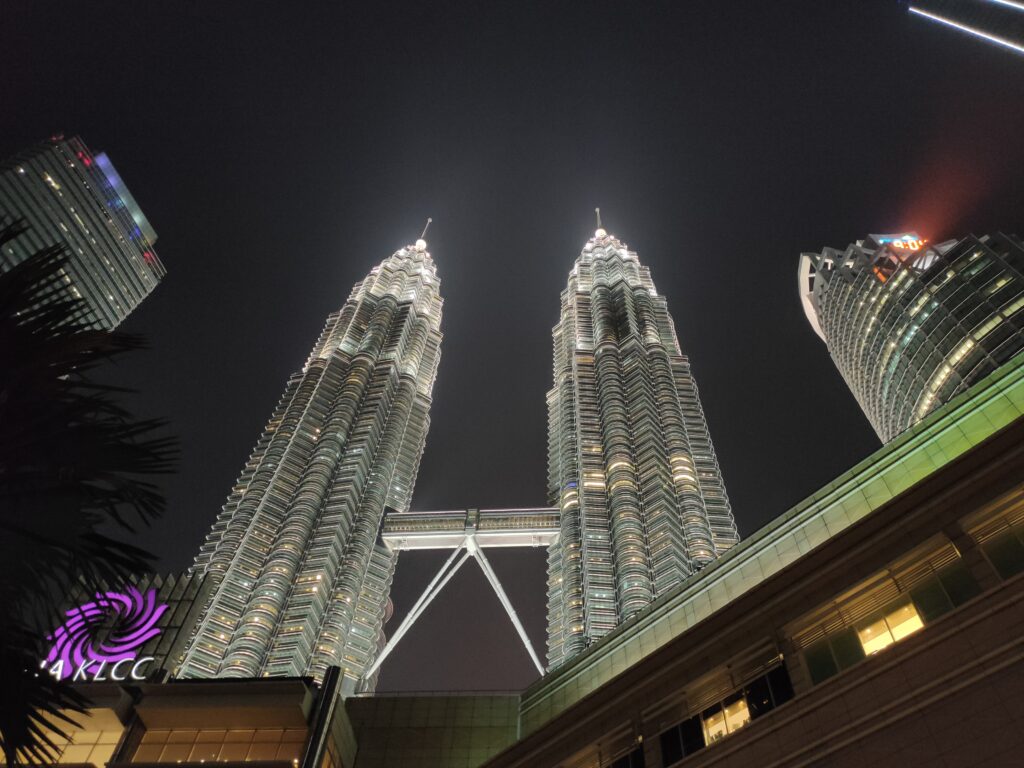

Wide angle camera with the realme 5 Pro
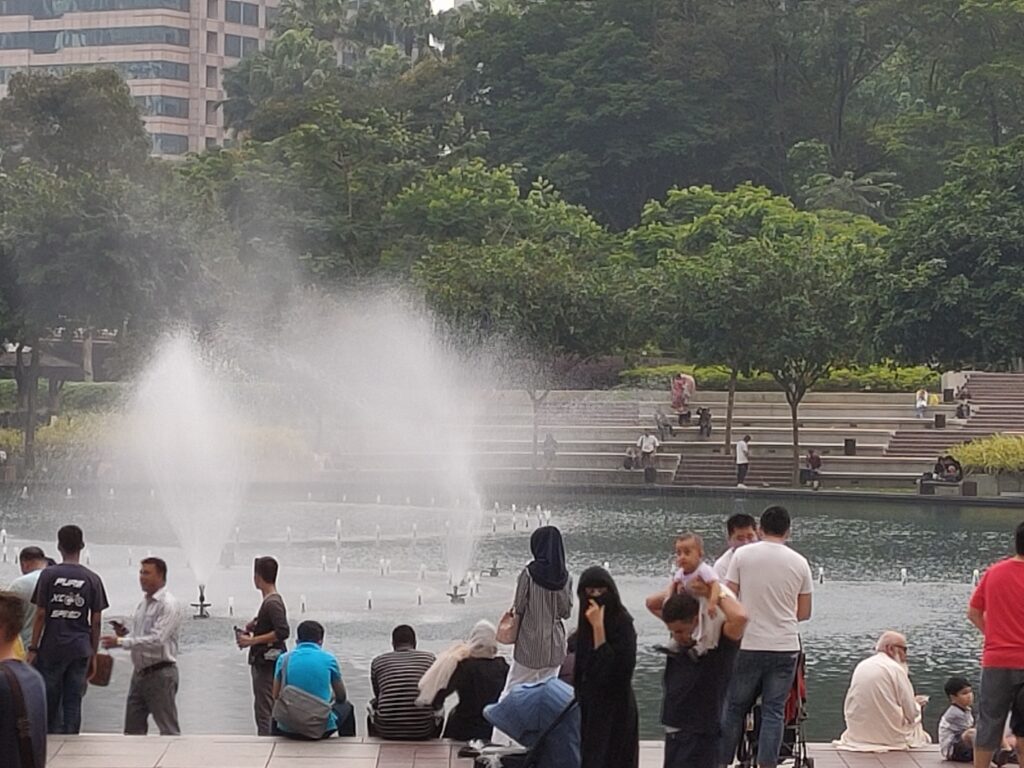
2x digital zoom on the realme 5 Pro rear camera

The wide angle camera on the realme 5 Pro
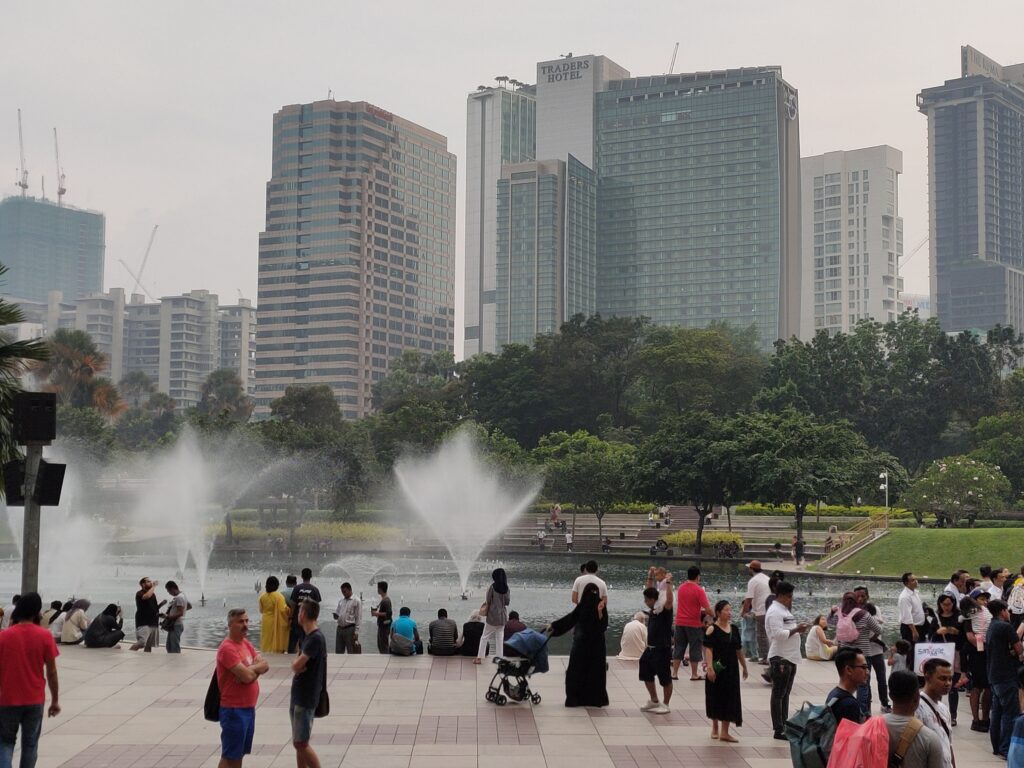
Primary rear camera on the realme 5 Pro
The 8-MP wide angle camera has to be manually selected for it to work and did a great job under well lit conditions with a wide angle of view and well managed distortion around the edges via software correction but fared worse in dimly lit scenarios with noticeably poorer dynamic range and noise. The 2-MP macro sensor is a bit of a hit and miss as it only can only deliver decent shots under good lighting and even then the results are middling at best. To ensure optimum results, you’ll have to rely on the main camera for the most part with the secondary wide angle camera useful for a select series of scenarios.

The Ultra macro camera of the realme 5 Pro works well under brightly lit conditions
Fortunately the front selfie camera is up to snuff and was able to deliver excellent selfies with decent detail of the subject and background too even after dusk with the screen flashing white as an ad hoc flash.

Like the realme 3 Pro, the realme 5 Pro is capable of capturing decent 4K video with improvements in detail on account of the larger 48-MP sensor as well as 720P@960fps resolution though it primarily works best under good daylight conditions.
realme 5 Pro Battery Life and Conclusion
The realme 5 Pro comes with a 4,035mAh battery charged via a USB Type-C port that has VOOC 3.0 Flash Charge support. After field tests, the realme 5 Pro displayed similarly good endurance as its predecessor.
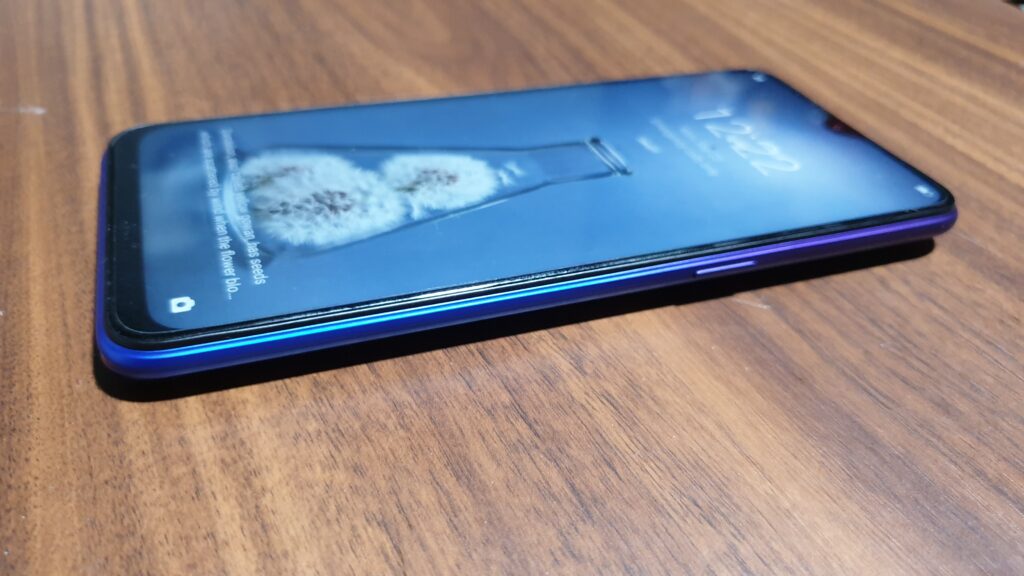
With a normal use profile and extremely frugal use of High Performance mode, a couple of hours of Asphalt 9 and PUBG with a combination of data and WiFi on all day, liberal use of Facebook, Instagram and Tiktok as well as modest use of the rear camera, the phone was easily able to last an entire day with approximately seven plus hours of active screen time spread throughout the day with brightness set on auto. Charging with the VOOC 3.0 Flash Charge allowed it to charge it from zero to about 50% capacity in just 30 minutes akin to the realme 3 Pro.
The realme 5 Pro represents an excellent acquisition for those who haven’t hopped onto the realme bandwagon just yet with a large display, decent performance and battery life along with one of the most affordable quad camera setups available in a smartphone.
Prior owners of the realme 3 Pro will be on the fence but the quad camera does edge out its predecessor in its capabilities and the splash-proofing makes it a more tempting proposition for those who tend to be outdoors more often than not.
All in, the realme 5 Pro is a worthy upgrade over its predecessor as it retains the renowned battery life of the realme 3 Pro while offering improved hardware, a better quad camera and splash-proofing too. At RM1,099, the realme 5 Pro represents superb value and has a price-to-performance ratio that is hard to match. More general users on a budget will likely appreciate the realme 5 that also has splash-proofing and a larger battery too at a lower price tag.
What we liked Excellent hardware for price, capable rear camera array, great battery life, VOOC fast charging
What we didn’t ColorOS full of bloatware, plasticky build, confusing camera interface
We say The realme 5 Pro is a worthy upgrade over its predecessor as it retains the renowned battery life of the realme 3 Pro while offering improved hardware, a better quad camera array and splash-proofing too. At RM1,099, the realme 5 Pro represents superb value and has a price-to-performance ratio that is hard to match.
Specifications
Price RM1,099
Display 6.3-inch IPS LCD, 2,340 x 1080 pixels
Processor Qualcomm Snapdragon 712 2.3GHz processor
OS Android 9.0
Memory 8GB RAM/128GB + microSD card
Camera 48-MP F/1.8 + 8-MP F/2.2 w/ ultrawide angle lens + 2-MP F/2.4 macro camera + 2-MP F/2.4 depth sensor (rear) / 16-MP F/2.0 (front)
Battery 4,035mAh battery w/ 20W VOOC 3.0 Flash Charge
Size/Weight 157 x 74.2 x 8.9 mm / 184g
Review unit courtesy of Realme Malaysia


